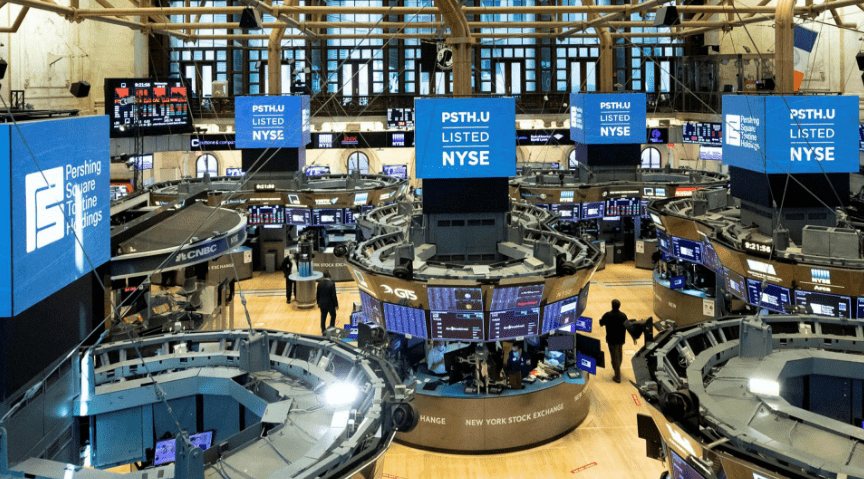The seven largest technology stocks that have fueled much of the S&P 500’s gains this year are headed into earnings season under intense pressure to deliver strong growth and justify their lofty valuations.
Known as the “Magnificent Seven,” Apple, Microsoft, Alphabet, Amazon, Nvidia, Tesla, and Meta Platforms have an outsized impact on the broader market due to their massive size.
These seven stocks account for over 30% of the S&P 500’s total market capitalization and have been a major driver behind the index’s 12% year-to-date advance.

However, with an average forward price-to-earnings ratio of 33.5, the group trades at a significant premium to the S&P 500’s overall P/E of 18.3. This means investors have bid up these shares on expectations of superior earnings growth. But it also suggests that shareholders may be less forgiving if the tech titans fail to deliver strong results this reporting season.
“With bond yields where they are, people are going to want earnings to be good,” said Ross Mayfield, investment strategy analyst at Baird. “If earnings are not good, I do think it sets up for a tough reaction.”
Indeed, the recent rise in Treasury yields provides an alternative to stocks for the first time in years. The 10-year Treasury yield now hovers near 4.94%, offering investors a relatively risk-free return of close to 5%. This competes directly with equities, especially the high-growth tech and internet names that dominate the “Magnificent Seven.”
Tesla provided a preview of how harsh the reaction can be when growth fails to materialize. Its shares tumbled 7% after the electric vehicle maker reported third-quarter results that fell short of estimates on key metrics like gross margin, profit, and revenue.
Now, the rest of the “Magnificent Seven” face a moment of truth headed into the heart of earnings season. Collectively, these seven technology leaders are projected to post earnings growth of 32.8% in 2023, even as S&P 500 profits are forecast to decline by 2.3%. With expectations elevated, anything short of blowout results from the likes of Apple, Amazon, and Google-parent Alphabet could spell trouble.
Higher bond yields pose a particular headwind for stocks with high valuations and expectations of significant future growth. Rising rates make future earnings and cash flows less valuable today, especially when compared to relatively risk-free government bonds yielding close to 5%. This dynamic presents a challenge for the lofty valuations attached to many technology and internet stocks.
Some investors have already started expressing caution over the inflated prices of the largest technology names. A recent Bank of America fund manager survey found that a net 43% identified “long big tech” as the market’s most crowded trade, surpassing even “long oil” and “short bonds.”
Still, while the “Magnificent Seven” are all categorized as growth stocks, important distinctions exist among the group in terms of what is driving their growth and how sustainable it is expected to be. For example, Apple and Microsoft derive much of their growth from sales of hardware devices and software, offerings that customers must continue paying for. This contrasts with Meta Platforms, whose growth relies on sometimes fickle digital advertising spending.
Furthermore, companies like Apple and Microsoft sit in an elite position in their industries with little real competition. This grants them greater control over their growth trajectories. Others like Tesla and Nvidia face much more cutthroat competitive environments, leading to less certainty.
So while the hype surrounding these stocks and their stretched valuations may be similar on the surface, the underlying fundamentals vary widely. This earnings season will shed light on which of the “Magnificent Seven” live up to their name when it comes to delivering on growth expectations.
In the past, betting against these market-leading technology stocks has rarely paid off over the long run despite periodic concerns over excessive valuations. The NYSE FANG+ index, which includes the “Magnificent Seven,” has dramatically outperformed the S&P 500 over the last five years. With the spotlight now shining bright, this batch of earnings reports will be pivotal in determining whether that outperformance continues.

